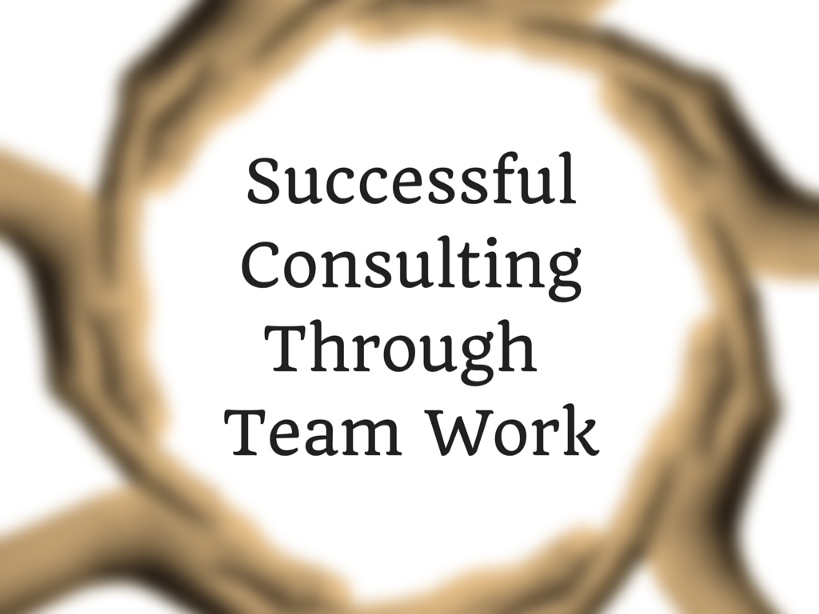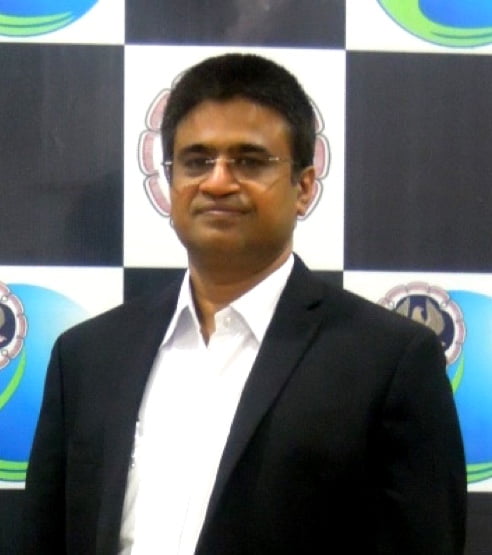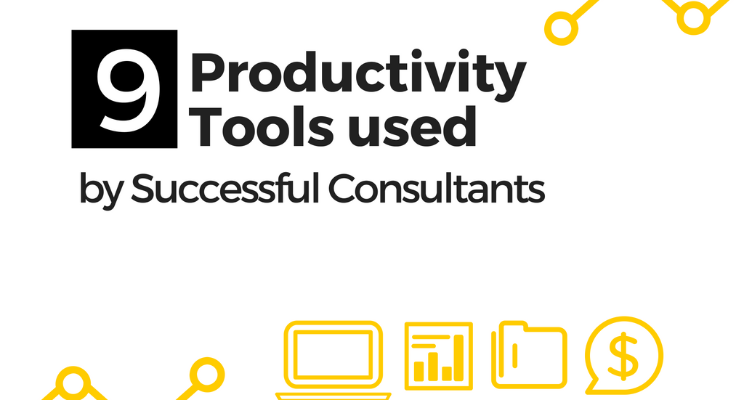Consultants are generally thought as those expert advisers who have the Midas touch. People marvel at how easily they transform a business just with their piece of advice. But in real, a consultant performs and delivers 360 Degree working including the advice. Consulting benefits become visible only after the consultant works together in close cooperation with the in-house employees of the client to implement the improved methods.
A Consultant’s job is thus not finished merely after giving the advice. He is required to work i.e. direct, control and guide the in-house team of the client to effectively implement the given suggestions. Therefore, successful consulting is a teamwork, not limited to idealistic monologue giving expert opinion only.
A Consultant’s Role
A Consultant is an expert who is hired to achieve an objective or a predefined goal. The objectives of a business may be of many types, requiring wide-ranging skills with the consultant filling in the gaps. The benefit of hiring a consultant should actually help the existing in-house team of client achieve the preset goals. The benefits of hiring a consultant are to continue with the organization long after the consultant has quit.
Just like an employee, the process of induction-to-exit of the consultant should seamlessly work within the organization and that is a crucial part in successful consulting service. He should primarily blend into the team and inspire the confidence in the team of his client.
Creating a positive spiral with an outside consultant in the in house team is a difficult task, giving rise to various hurdles in the process. The following guidelines will help consultants and the businesses hiring them to achieve maximum benefit:
Induction
A successful business requires multiple skill sets. While the existing in-house team of the client may be better in certain skills, the consultant may be good in others. Proper recognition of different types of skills helps the consultant decide suitable roles for each of the team members accordingly and create a cohesive team.
- Identifying the Skills: The first step is identifying the good skills of different in-house team members of the client. The consultant should interview different team members and review their previous performance and achievements in order to identify their primary skills. Identifying the skills of different employees helps the consultant assign the best suitable roles to each employee.
- Proper Role Defining: Assigning suitable roles to different team members is the next step. In order to rebuild a robust organizational structure, a consultant is required to explicitly define and communicate the roles and responsibilities to each of the team members. Well-defined roles help the team members understand what they need to accomplish and how they can help achieve the goal.
- Building a Team: Team building is a leader’s job requiring strong people skills. A Consultant is required to act as a leader and build a team that will last even after the consultant has left the organization.
- Objective Monitoring: After defining roles and building a team, observing the performance of the newly built team is the next step. Under objective monitoring, both the individual performance and team performance as a whole are taken into consideration and compared with their set targets.Corrective measures are to be taken and activated as and when necessary to ensure that the final goals are not missed.
- Improved efficiency: The consultant needs to make certain that the team as a whole works with improved efficiency in comparison to the earlier performance. The consultant should check the stability in the performance of the team and output in order to make sure that the new team is performing consistently.
- Reduction in the role of Consultant: The consultant, after confirming the improved efficiency of the team, gradually reduces his responsibilities and tries to hand them over to in house employees who can manage and deliver the required performance. He reduces his role in a gradual manner so that his exit from the organization is smooth.
- Smooth Exit: This is the final stage in the process. A Consultant prepares for his total exit after making sure that the team is now self-sufficient and is able to understand and implement the given advice. A Consultant may perform a small skill assessment to make sure there are no gaps in between the requirement and the gained skills of the in house team. Smooth exit of the consultant indicates that a consultant has built a performing team that meets the objective for which the consultant was hired.
- Timely Follow up and Feedback: Depending upon the type of assignment follow up with requisite stakeholders in the team as well as the business owners is the last step which a Consultant should take with precision as well as professionalism. That is the takeaway and making it worthwhile is what the whole business of consulting is about. Making an impact and leaving lasting teachings is achieved.
The above core steps suitably modified to suit the consulting assignment in hand will give the consultant better chances to help the business achieve their goals .The consultant will leave behind a satisfied client.,a team that will continue to benefit for a long period of time.
A good referral and word of mouth publicity will be the added icing on the cake for the consultant.



